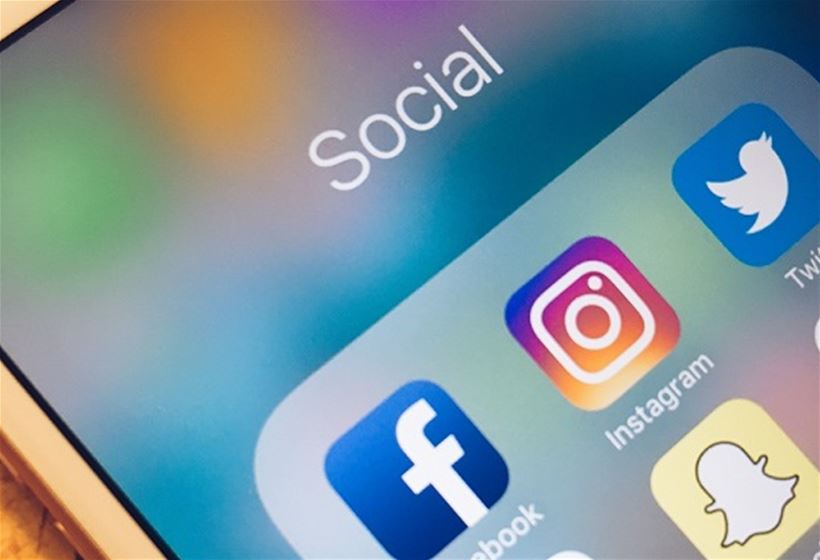It’s a dream all social media marketers share – creating a Facebook post so spectacular it blows all other content out of the water. Thousands of likes, shares and comments, made even better by the fact not a single penny was spent on advertising. What could be better..?
As Simon Sinek is once again circulating the internet, this time with his theories on millennials and their relationship with social media, dopamine (the chemical release we get when receiving a like, comment or form of engagement) and careers, we take a look at eight quick steps you can follow to help craft the perfect Facebook post.
Whilst I’m not guaranteeing your next Facebook post will turn into a viral sensation, certain headway and improvements can easily be made to your overall social performance by taking just a few of these on board.
Who knows, in time, you may have a plenty of dopamine-inducing posts of your own.
Quality not quantity
Facebook is rammed, quite literally. There are around 55 million business pages, 1.7 billion active users and coupled with Facebook’s drive towards advertising (63% growth in 2016), organic reach has reduced by up to 58% in the past year. Cut through is as difficult as ever before.
Instead of focusing on hitting your daily post targets, really think about the quality of what you are communicating and the value of it. Facebook rewards unique, creative and engaging content – you are far better off posting one fantastic post than you are four dull updates. Remember, Facebook posts have longevity, particularly if they are great.
Think content
Shorter posts are proven to have higher rates of engagement with those under 250 characters up to 60% more successful. Likewise posting visual stimulus is an absolute must. Video, even better. Posts with images on average receive 53% more likes and 104% more comments than those without.
However, before you go blasting the world with stock imagery try to, where possible, use original photos and video. Facebook checks the .EXIF data on your photos and rewards posts with original content.
Limit hashtags
Some will argue that hashtagging on Facebook is a complete no-no, others will argue to limit use. Either way, hashtagging on Facebook needs considerably more thought than on Twitter or Instagram. Only tag what is relevant and necessary as Facebook will penalise you for what is considered ‘spam hashtags’.
If you’re scheduling on Hootsuite, be sure to craft separate posts for your different platforms if you are serious about great engagement. Facebook doesn’t want you to cross promote other networks.
Emojis
On the day after Paul Pogba’s rather embarrassing post-emoji-launch-performance, it seems quite apt to be talking about their effective use. Amex Open have revealed that posts containing emojis are 33% more likely to pick up engagements, with a 55% increased chance of generating likes.
Who knew that emojis would eventually turn out to be fairly useful marketing gems?
Audience optimisation
As with paid adverts, you can also tailor who your posts go out to. Add tags to describe the interests of people who are most likely to enjoy your post. For example, a sports brand page will likely benefit from targeting users with an active interest in sport.
Use Facebook Insights to establish your existing audience and who is engaging with your activity – this can strategically shape who you target with future posts.
When to post
Engagement is apparently 18% higher on Thursdays and Fridays. Again, use Facebook Insights to establish what posts are working, but also when. It goes without saying that if engagement is relatively low at 9:30am every single Tuesday, don’t post at that time. It’s important to understand when your followers are online and at their most receptive.
Engagement adverts
Although you could argue this next point is against the principals of this blog post, it still applies. Paid social can in fact be very effective in kick starting the organic reach of a post. Allocate low budget burst campaigns to drive engagements and turn off paid activity once the post picks up. Spending as little as £5-10 can make real inroads into how many people you reach and engage with.
Invite users
Requesting likes from those who engage with your posts is a quick way to try and pick up already engaged users. After all, these people have already indicated that they like what you are saying. Chances are they will consider liking your page too. It’s better to have an audience of genuine fans than empty followers.

